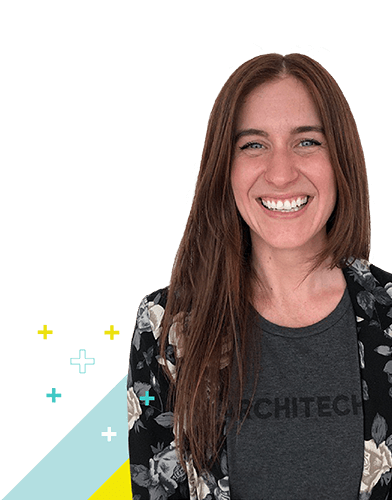In the consulting world, we’re often asked to wear more than one hat at a time. While this definitely keeps you on your toes, at times, it can be stressful and even lead to tension on your team when more than one person is trying to do the same job.
In the consulting world, we’re often asked to wear more than one hat at a time. While this definitely keeps you on your toes, at times, it can be stressful and even lead to tension on your team when more than one person is trying to do the same job. This can be particularly difficult in the world of Strategy and Design -- where goals can intersect but the lens required to assess the way forward differs. In order to address this challenge, the Strategy and Design team has come up with some effective best practices to encourage collaboration amongst our team members and ensure we’re delivering the best quality work for our clients.
Define Process and Ownership
The first best practice we’d like to call out is all about process and deliverable ownership. A challenge our Strategy and Design team has faced (and works to mitigate) is understanding how the Strategy Team and the Design Team can each bring expertise and skills to the collective team while limiting role creep and ensuring top notch client work.
During a professional development onsite workshop, our joint team (Strategy and Design) took some time to unpack this common challenge. We started by building a fluid Artifact Ownership Process that would help guide us as we assigned tasks and deliverables to team members.
Laid out like an “à la carte” menu, project tasks and deliverables are put on the table, organized by team ownership and project phase (Discovery, Definition, and Implementation). From this “menu” we then select the elements that will be suit each project type – be it New Product Development or Digital Transformation. Once selected, ownership and responsibility for each element can be assigned. This clear delineation has helped us collaborate and support each other better without risking duplicate work or missed elements at the time of delivery.
(This process flow has really made a difference for us. Reach out to one of our strategists to find out more about how it could help you.)
Enter, the War Room
The next best practice we’d like to highlight is the War Room - a favourite on our team. The War Room is a space within the office that allows a team to congregate for the duration of a project. Although the terminology is ‘room’, this space could very easily be a corner of the office or a cross-section of desks -- the goal is simply to be in close proximity to your team members to increase the flow of communication and effective collaboration. Proximity also results in increased comfort with your teammates. We find that this creates a more open environment, allowing teammates to serve as sounding boards for each other’s thoughts and ideas.
We all know that working in silos can prevent us from sharing great ideas with our team. This can happen when we’re too critical of ourselves -- often stifling our ideas before they see the light of day. In the War Room, the openness encourages us to share those random thoughts, bounce ideas off each other, and gives our abstract ideas space to blossom into real concepts and solutions.
Be the Champion
Another best practice that works in conjunction with the War Room, is asking each team member to champion a specific stakeholder group’s needs for the duration of the project. Frequently, this means that Design will focus on the needs of the User, while Strategy advocates for the needs of the Business.
This approach provides a unique advantage; with distinct User and Business champions, the team is able to look at the problem (and possible solution) from a variety of angles. In doing so, the chance of blind spots is decreased because one stakeholder group isn't prioritized to the exclusion of the other. As well, the discussion and healthy debate that arises from the sometimes competing objectives of the Business and the User increases the success rate of a project because it requires the team to come to a mutual agreement on the optimal solution. So, not only does a War Room help us collaborate, it also lets us focus on more than one stakeholder group to make sure every need is well served.
As mentioned previously, at Architech we have 6 core values that guide the way we govern ourselves while we work. The Design and Strategy team is a great example of how we collectively endeavour to Be Collaborative. While we recognize that we each have our own skill sets and strengths, ultimately, everyone is on the same team – and what a great team it is!
*Read more about Architech's Core Values in Part I and Part II of our "Living Our Values" mini-series.






























